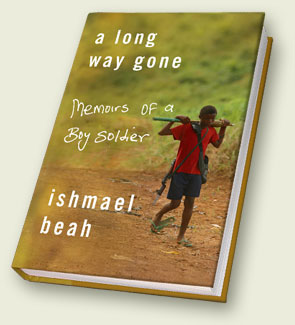I started reading another book called "A Begonia for miss Applebaum" by Paul Zindel. Paul grew up in Staten Island. Zindel graduated from high school and left home once again, this time to attend Wagner College in Staten Island. Zindel did not receive a degree in English, literature, or writing, but in 1958, received his bachelor's degree in chemistry and education. In 1959 he also completed a masters of science degree in chemistry. Following college, Zindel found work as a technical writer for a chemical company. In his free time, he continued to write plays such as Dimensions of Peacocks and A Dream of Swallows. In the early 1960s, both plays ran on stage in New York City.
Throughout the 1970s and 1980s, Zindel continued writing books for teenagers. In 1964, he wrote The Effect of Gamma Rays on Man-in-the-Moon Marigolds, his first and most successful play. The play ran off-Broadway in 1970, and on Broadway in 1971, and he received the 1971 Pulitzer Prize for Drama for the work. It was also made into a 1972 movie by 20th Century Fox. Zindel wrote 39 books, all of them aimed at children or young adults.
 Many of these were set in his home town of Staten Island, New York. They tended to be semi-autobiographical. Zindel himself grew up in a single-parent household, his mother worked at various occupations: hat check girl, shipyard worker, dog breeder, hot dog vendor, and finally licensed practical nurse, often boarding terminally ill patients at home. They moved frequently. His father abandoned them. This upbringing was most accurately depicted in Confessions of a Teenage Baboon. He died in 2003 from lung cancer in Manhattan.
Many of these were set in his home town of Staten Island, New York. They tended to be semi-autobiographical. Zindel himself grew up in a single-parent household, his mother worked at various occupations: hat check girl, shipyard worker, dog breeder, hot dog vendor, and finally licensed practical nurse, often boarding terminally ill patients at home. They moved frequently. His father abandoned them. This upbringing was most accurately depicted in Confessions of a Teenage Baboon. He died in 2003 from lung cancer in Manhattan.
Throughout the 1970s and 1980s, Zindel continued writing books for teenagers. In 1964, he wrote The Effect of Gamma Rays on Man-in-the-Moon Marigolds, his first and most successful play. The play ran off-Broadway in 1970, and on Broadway in 1971, and he received the 1971 Pulitzer Prize for Drama for the work. It was also made into a 1972 movie by 20th Century Fox. Zindel wrote 39 books, all of them aimed at children or young adults.
 Many of these were set in his home town of Staten Island, New York. They tended to be semi-autobiographical. Zindel himself grew up in a single-parent household, his mother worked at various occupations: hat check girl, shipyard worker, dog breeder, hot dog vendor, and finally licensed practical nurse, often boarding terminally ill patients at home. They moved frequently. His father abandoned them. This upbringing was most accurately depicted in Confessions of a Teenage Baboon. He died in 2003 from lung cancer in Manhattan.
Many of these were set in his home town of Staten Island, New York. They tended to be semi-autobiographical. Zindel himself grew up in a single-parent household, his mother worked at various occupations: hat check girl, shipyard worker, dog breeder, hot dog vendor, and finally licensed practical nurse, often boarding terminally ill patients at home. They moved frequently. His father abandoned them. This upbringing was most accurately depicted in Confessions of a Teenage Baboon. He died in 2003 from lung cancer in Manhattan.

